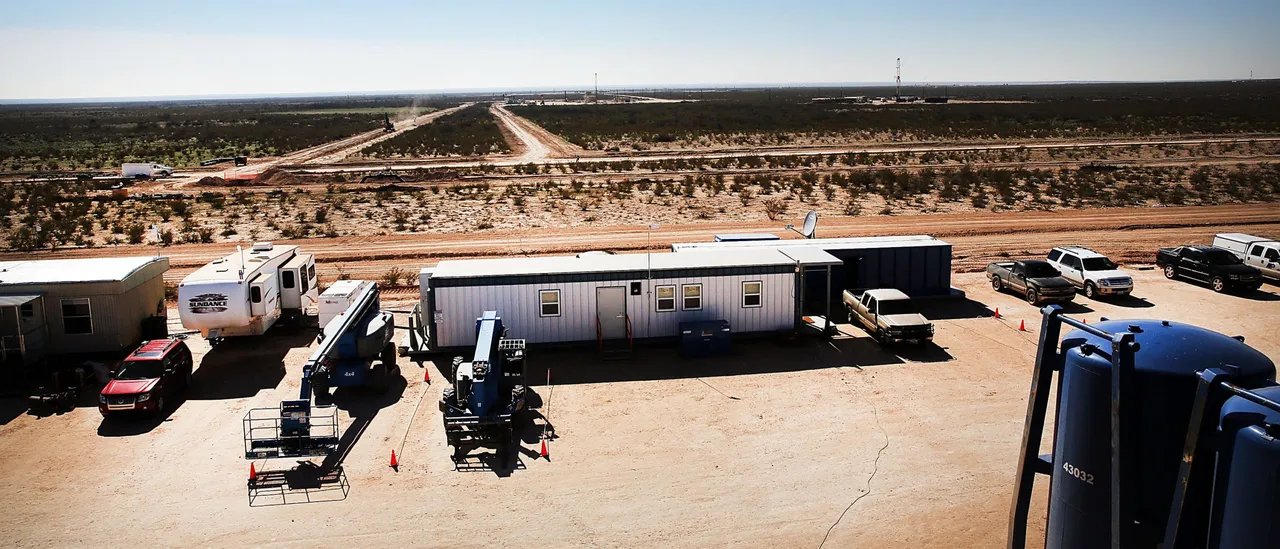Concerns About Arizona’s Future Heat
Just think about it for a second: In a few months, we’ll be closer to 2050 than we were to 2000. It’s a strange thought, right? The future can feel kind of overwhelming, especially with the changes already unfolding around us. And, frankly, there’s a lot to be concerned about in Arizona.
It’s notoriously hot in the Grand Canyon state, and a recent analysis suggests that by 2050, four of the five hottest counties in the U.S. will be in Arizona. That’s quite alarming, especially when you consider the rising temperatures.
A study produced by real estate data firms highlights predictions for 2050 regarding the number of days when temperatures will exceed certain thresholds. Yuma County tops the list with a staggering 171 days above 95 degrees, followed by Imperial County, California, at 162 days. Other Arizona counties such as La Paz, Maricopa, and Pinal follow closely behind.
Anand Srinivasan, the head of research and development at Cotality, pointed out that, while they rely on extensive data, drawing conclusions about heat’s effects isn’t simple. Still, they based their research on county data.
For extremely hot days—specifically those exceeding 110 degrees—Yuma is projected to face about 65 of these days, a 33% increase from current figures. Maricopa County could see a rise from 39 to 46 such days each year, which is actually surpassing some past records in Phoenix.
This data raises some serious questions: If Arizona becomes that hot, will people actually want to live there?
Interestingly, despite the temperature spikes, the housing market in the valley has been thriving. Around 100,000 people moved to Arizona from 2016 to 2020, with nearly half choosing Maricopa County, where Phoenix is located.
Srinivasan mentioned that while Phoenix’s affordability compared to other major cities may have drawn many, it also creates various risks. He likened the situation to Florida’s insurance crisis, where companies are hesitant to cover properties at high risk due to climate-related issues.
Water scarcity is another major concern. Over the next two decades, it’s anticipated that Arizona will face significant water shortages. In fact, a drought will lead to an 18% reduction in Colorado River water allocations starting in 2026. Plus, groundwater resources are being depleted rapidly, affecting home-building efforts.
Although some areas, like Yuma, are experiencing real estate growth—with predictions of around a 4% increase in home prices by 2026—there’s still a lot of uncertainty. The chief scientist at Cotality, Dr. Howard Botts, emphasized that there needs to be a strategy to adapt and build resilient communities, especially as rising temperatures could deter newcomers drawn by the state’s sunshine and low taxes.
In fact, nearly half of Phoenix’s housing inventory was acquired by investors in the first half of 2026, making the valley a significant real estate market. Most of these buyers are small landlords, while larger institutional investments saw a decrease.
It’s all very telling: Arizona’s climate is becoming hotter, but it remains to be seen if this will affect its appeal as a living destination. The state continues attracting new residents, yet there’s a trend of people leaving for cooler, more affordable states like Colorado and Texas. These areas offer not just milder climates, but also robust job markets and abundant natural resources.
Ultimately, only time will reveal how many will find the heat unbearable. For now, as long as there’s water to drink and electricity running, life in the desert continues as normal.







